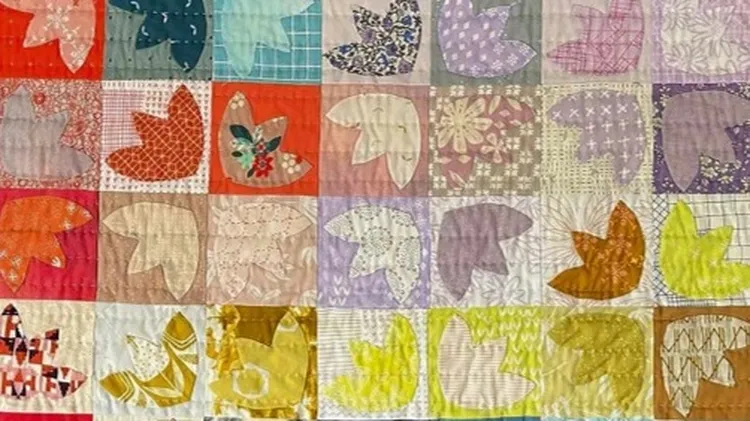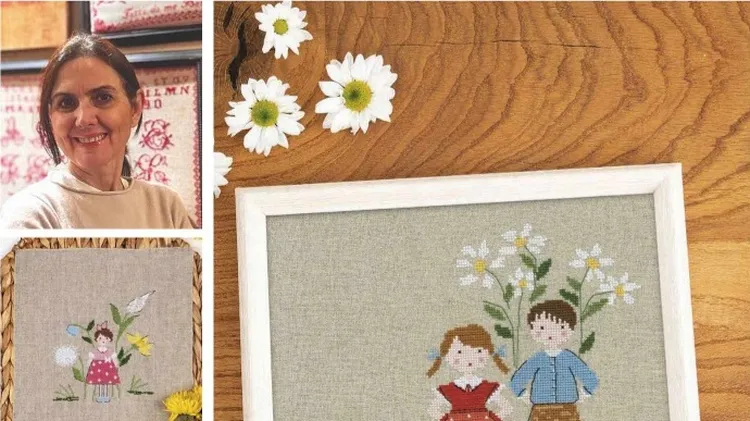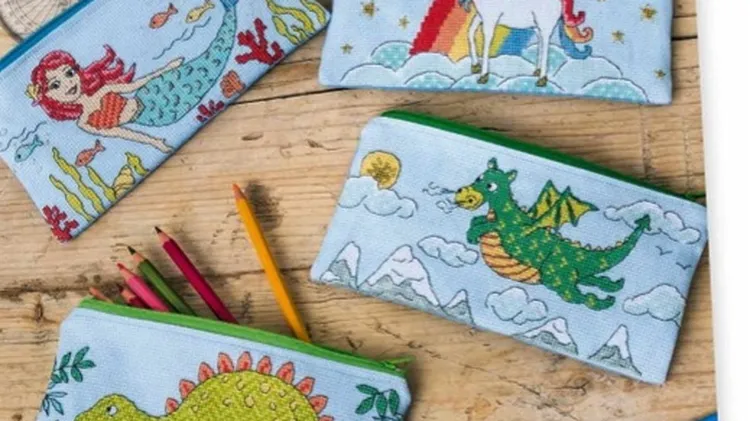Anne Williams chats to textile artist k3n about her shift to a slower and
Designer profilek3n
6 min read
This article is from...
Read this article and 8000+ more magazines and newspapers on Readly






